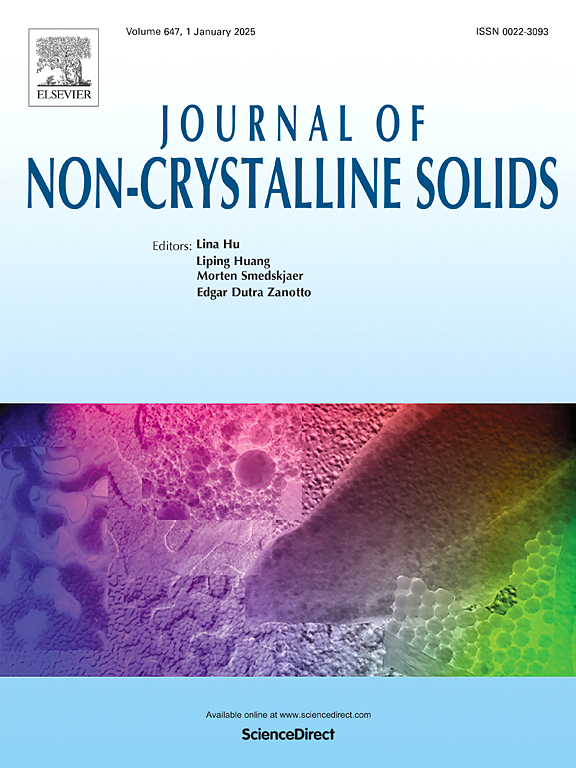Research on glass-forming ability based on transformer and tabular data transformation
IF 3.2
3区 材料科学
Q1 MATERIALS SCIENCE, CERAMICS
引用次数: 0
Abstract
Most prior machine learning studies on glass forming ability (GFA) rely on characteristic temperature of metallic glasses (MGs). Before modeling, it is necessary to prepare MGs samples by traditional trial-and-error method, which is both time-consuming and resource-intensive. Consequently, it is necessary to design a method to predict GFA quickly and accurately before the experiment. In this paper, 111 element features are calculated as input data based on MGs composition. ADASYN, GN, and SMOGN oversampling methods are used to alleviate data shortage and skew. Investigating the performance of two prevalent deep learning approaches, transformer and tabular data transformation, in GFA research. Results reveal that oversampling technique enhances performance of each model by improving data distribution. The performance of FT-Transformer and CNN based on data transformation is significantly better than GBDT. Subsequently, the ensemble method is utilized to integrate the predictions from base models, achieving an R² score of 0.870 for ensemble model. Finally, two systems of Zr-Al-Ni and Cu-Ce-Ga are predicted, and the reliability of ensemble model is verified by experimental data. This research can estimate GFA rapidly and correctly based on MGs composition, and it is expected to guide the development of new MGs.
求助全文
约1分钟内获得全文
求助全文
来源期刊

Journal of Non-crystalline Solids
工程技术-材料科学:硅酸盐
CiteScore
6.50
自引率
11.40%
发文量
576
审稿时长
35 days
期刊介绍:
The Journal of Non-Crystalline Solids publishes review articles, research papers, and Letters to the Editor on amorphous and glassy materials, including inorganic, organic, polymeric, hybrid and metallic systems. Papers on partially glassy materials, such as glass-ceramics and glass-matrix composites, and papers involving the liquid state are also included in so far as the properties of the liquid are relevant for the formation of the solid.
In all cases the papers must demonstrate both novelty and importance to the field, by way of significant advances in understanding or application of non-crystalline solids; in the case of Letters, a compelling case must also be made for expedited handling.
 求助内容:
求助内容: 应助结果提醒方式:
应助结果提醒方式:


